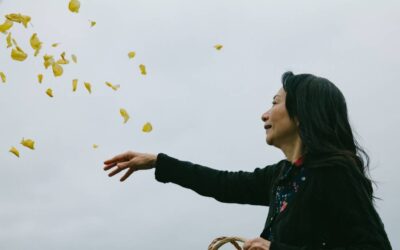“Pigossi delivers a stunning performance that practically heat-welds together the film’s disparate parts, making it feel whole despite the flaws in its construction.” ~ Siddhant Adlakha, Variety
“High Tide is a movie that dares you not to be obsessed with — and attracted to — its leading man.” ~ Ryan Lattanzio, indieWire
“A soulful study of a person who fears he’s become a permanent guest in someone else’s home.” ~ Stephen Saito, Moveable Fest
“The film is a sexy reminder that even when we believe our circumstances can’t improve, someone can always come along to change our perspective on what we value and hold close to our hearts. Pigossi and Bland’s chemistry is worth the watch.” ~ Matthew Creith, Edge Media Network
“Just as importantly, it finds an understated resonance in every small detail, from shots of a face shifting in emotion to a figure being left behind in the distance.” ~ Chase Hutchinson, The Stranger



